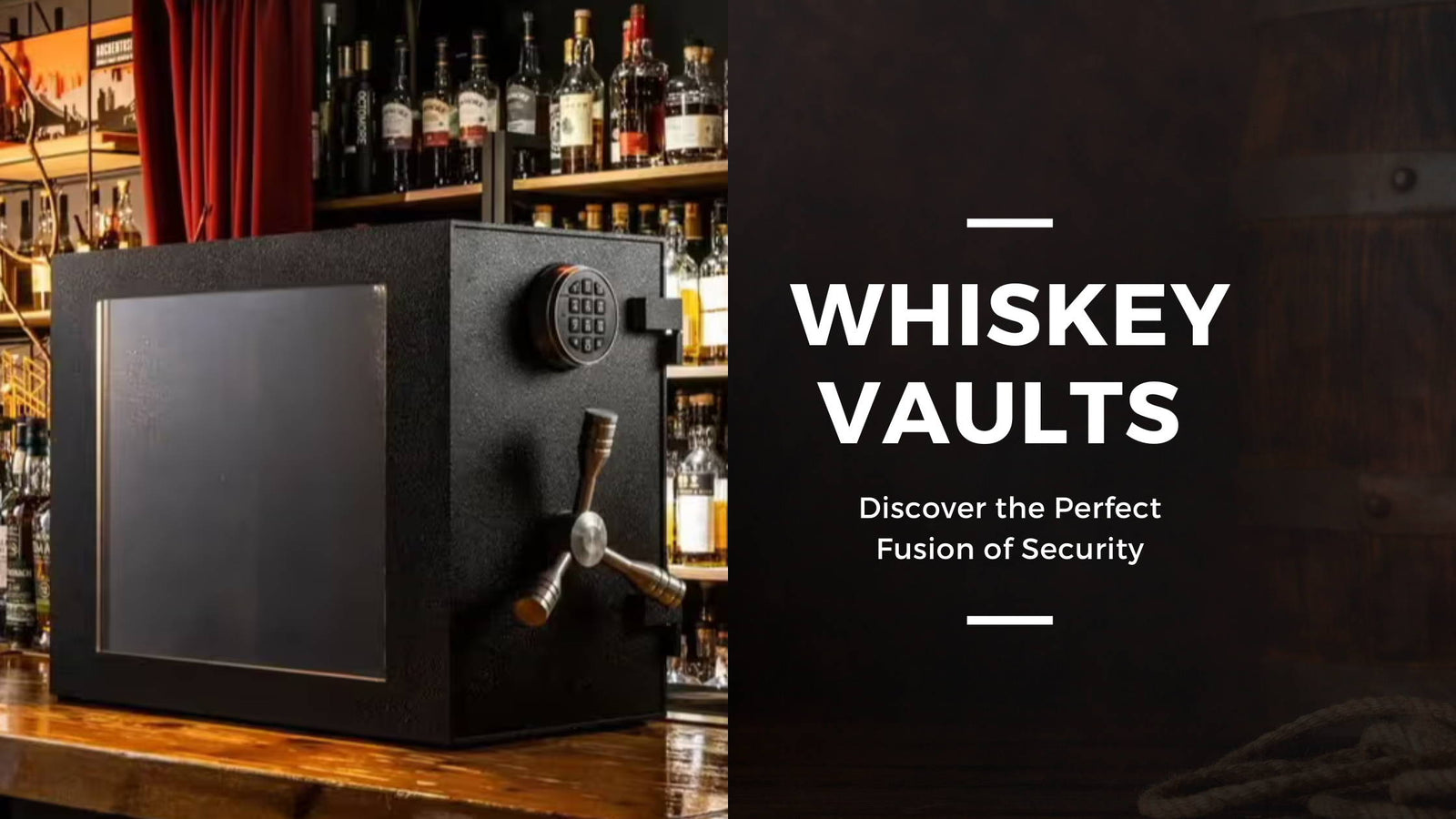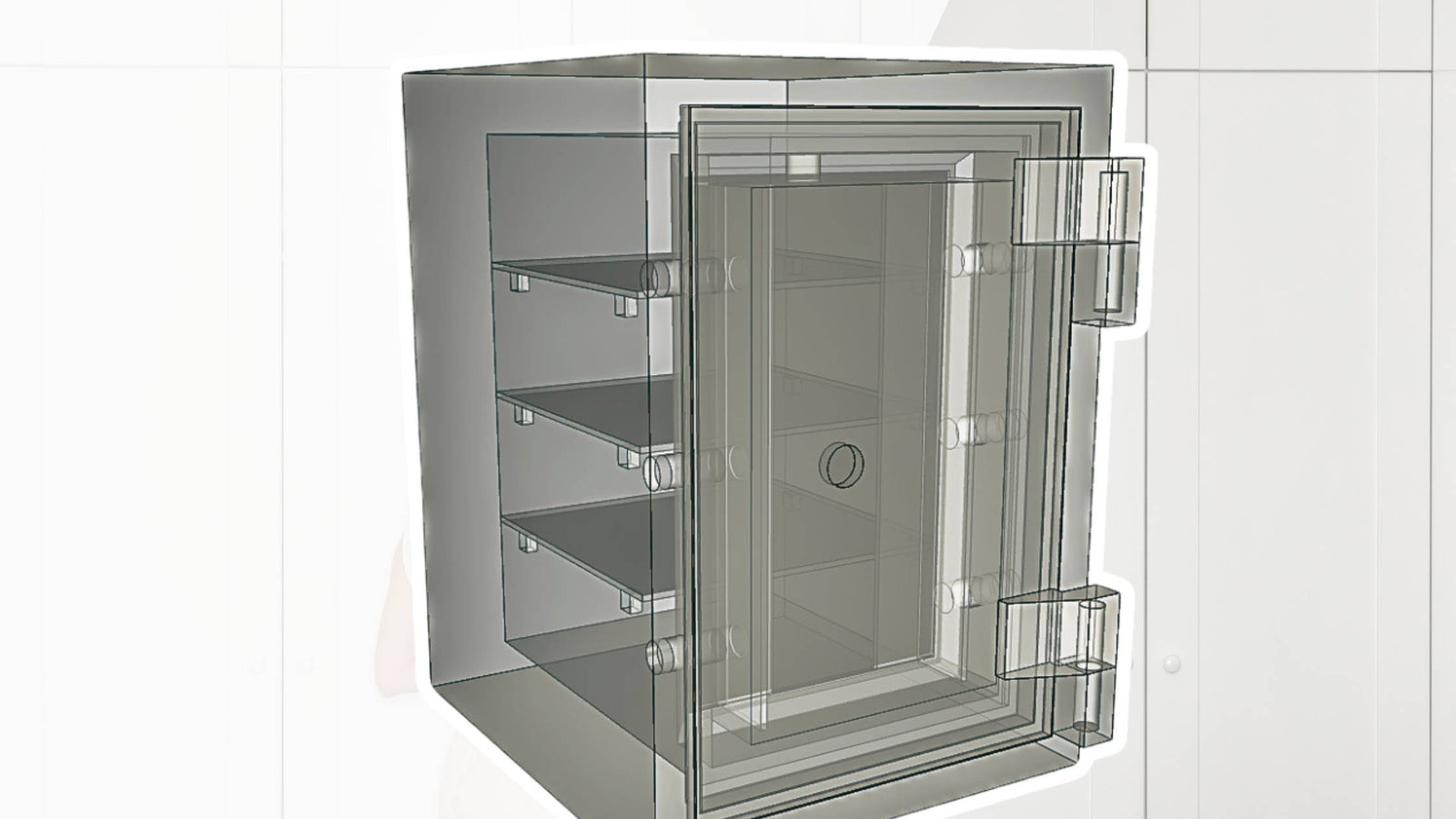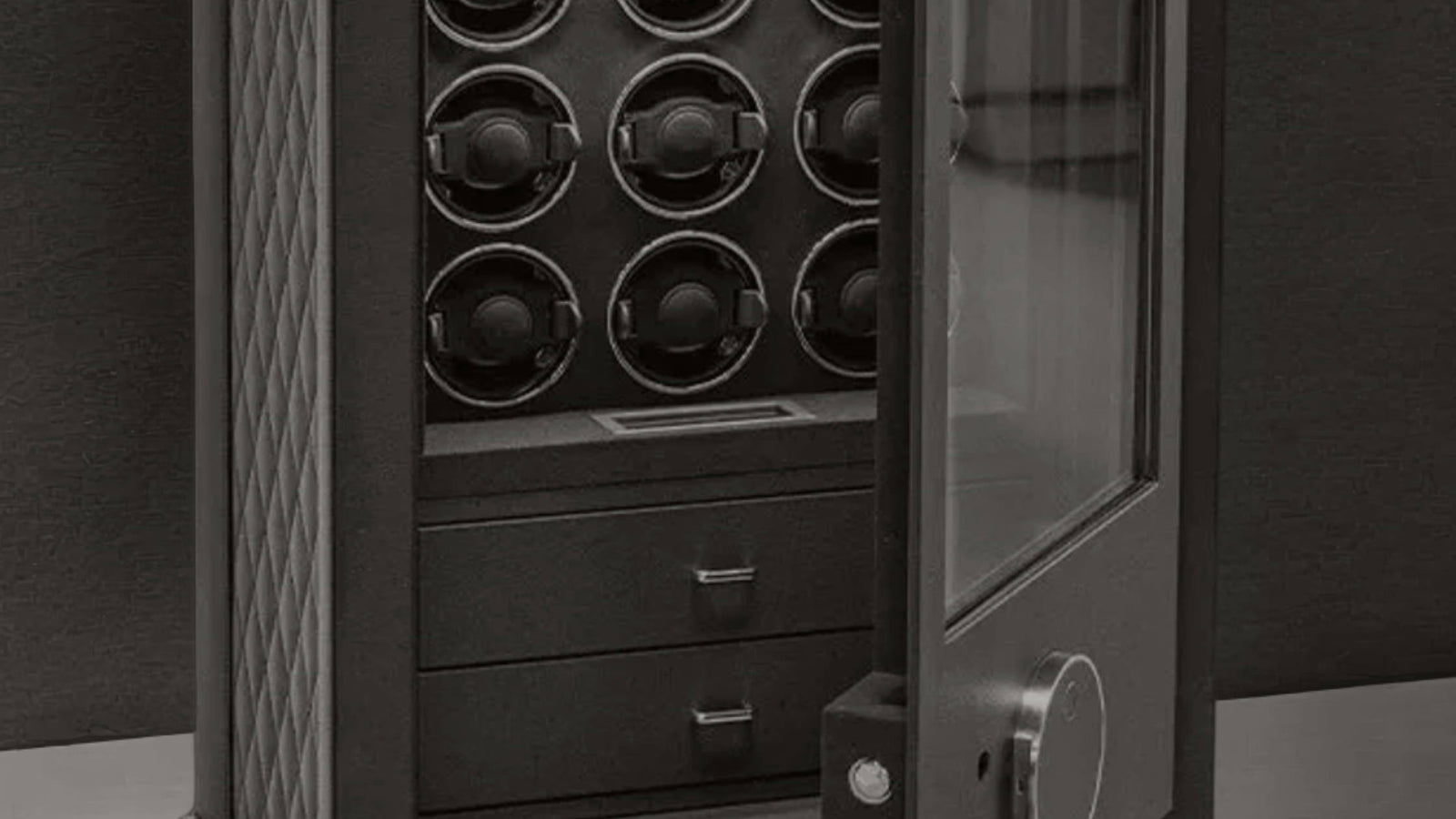Owning a decent padlock might just be one of the best investments you make. There’s a ton of great applications for a good padlock and if you shop smartly you can cut out some of the inherent weaknesses found in cheaper models. There’s even times when you’ll find yourself having to secure thousands of dollars of good behind a padlock (i.e. storage containers or a nice bicycle) so it might just be a good idea to do some research and get the most out of your money. So, here we’ll look at just what it takes to make a strong padlockand what to look for when shopping around.
 Design
Design
When it comes to padlocks it’s important to recognize a couple of different designs that have sprouted up in recent years to combat the ease with which regular padlocks will give it up for a big pair of bolt cutters. So, we’ll start at the bottom which is your standard padlock with a U shaped shackle that seems to fit nice and snugly between a pair of bolt cutters or an angle grinder. The first innovation aimed at combatting this problem comes in the form of the shrouded or high guard padlock which aims to cover the exposed metal shackle and make fitting bolt cutters around it quite a bit more difficult. The next level of innovation comes in the form of a disk lock which has a differently shaped body that hides even more effectively hides the shackle from bolt cutters. Lastly, we’ve got the hidden shackle padlocks which have seemingly amended all the faults of previous generations and decided to do away with the exposed shackle entirely. While more expensive these are going to be the strongest design available when it comes to combating bolt cutters though still susceptible to an old fashioned smashing.
Grading System
Thank goodness for the regulatory grading system. Now we can do away with the anecdotal evidence and get to the real deal of measurable standards. The American padlock grading system has been done by ASTM (American Standard for Testing and Materials) though the European equivalent is more common (CEN grade) so we’ll take a look at what’s being tested and what it takes to get the highest score. This European six-tier system rates the following: number of possible key differs, resistance to force and torque on locking mechanism, resistance to pulling, twisting, and cutting of shackle and staple, resistance to brute force at low temperatures, and resistance to drilling and sawing.
As you can see it’s quite extensive. Grade 6 padlocks are extremely rare and typically grade 5 is the highest commercially available. To give a small example of the standards a grade 6 padlock is required to withstand 22,400 pounds of pulling force (that’s about the same weight as 4 Cadillac Escalades) while a grade 1 is required to withstand about 700 pounds of pulling force. So, if you’re serious about getting a good padlock see if you can get either the ASTM or CEN grade and you’ll have a very good idea about how safe it is. In general for high security applications hold out for something grade 3 or above and when possible try to opt for a high guard or hidden shackle design.




